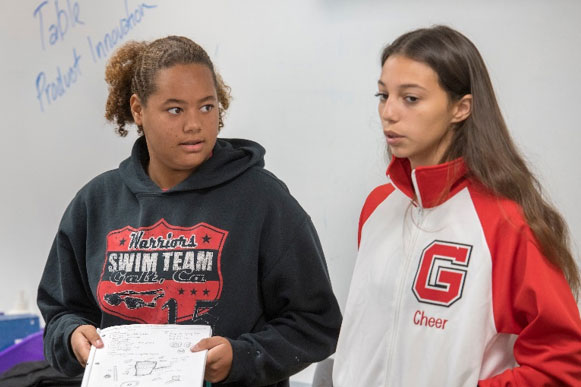
Public education in California is a study in contrasts. By many measures, schools are improving and students are doing better. But look deeper and there are significant differences in educational opportunities and, therefore, outcomes based on race, ethnicity, family income, and language. These reports describe the gaps that still exist among schools and among districts in the state. One study provides the first comprehensive comparison of patterns in educational outcomes between California and the rest of the country.
These five reports examine both the challenges and the promising efforts to achieving California’s vision of providing an equitable public education—a vision of preparing every student with the critical thinking skills, knowledge, and social-emotional skills to succeed in higher education, to qualify for careers in high-demand fields, and to become responsible and engaged citizens.
Measuring the outcomes and making comparisons is a complex task given the state’s size and unique diversity. With 6.2 million students, California has 1 million more students than Texas, the next largest, and is the only state with a minority white student population.
The challenge of achieving equity is compounded by the size, diversity, and social conditions of California’s student population, including persistent poverty, especially within some ethnic and racial groups; a large population of English language learners (ELLs); and widespread segregation of schools.
KEY FINDINGS:
Student and School Characteristics:
- California’s student population doesn’t look like the rest of the country.
- Social and economic conditions are improving for California’s children.
- Poverty rates are persistent, with large gaps by race, ethnicity, and achievement.
- California schools are highly segregated by race, ethnicity, family income, and language.
- More than half of California’s high schools offer career technical education programs (CTE).
Student Outcomes:
- Student outcomes are improving.
- Substantial achievement gaps remain.
- Compared with students in other states, California students perform worse on average on academic measures and have lower graduation rates.
- The college readiness exam indicates that a majority of California’s 11th grade students are not prepared for higher education.
- Career technical education programs provide college and career readiness opportunities for diverse students.
- California does not have good data systems for tracking students’ educational trajectories.
